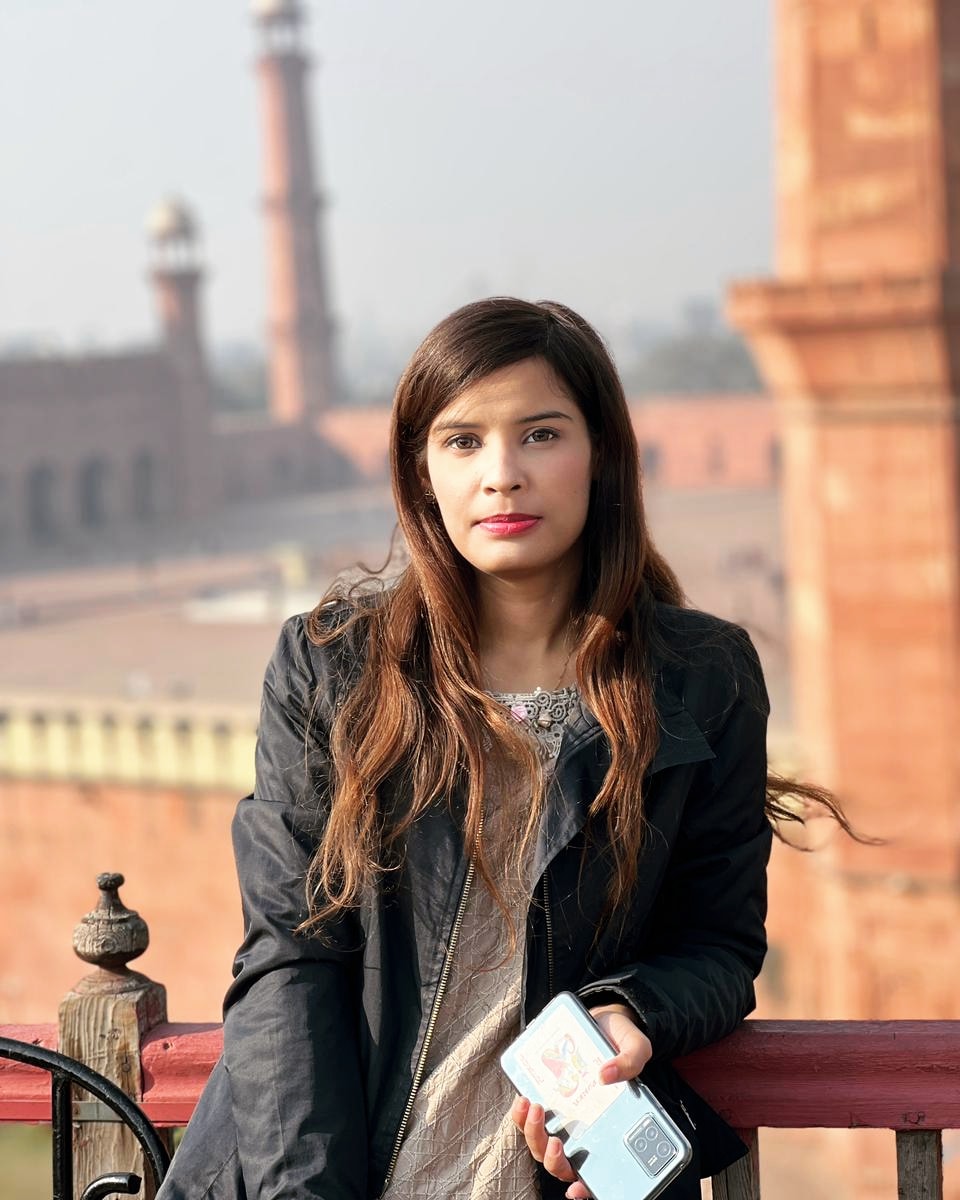Chalazion - Symptoms, Risk factors and Treatment
Last Updated On Tuesday, December 16, 2025
Chalazion in Urdu
ایک چالازیون، جسے میبومین سسٹ بھی کہا جاتا ہے، ایک چھوٹی سوجن یا گانٹھ ہے جو آپ کی پلکوں پر بنتی ہے۔ سوجن عام طور پر بے درد ہوتی ہے۔
چالازین پلکوں کی ایک دردناک سوجن ہے جو عام طور پر مناسب دیکھ بھال کے ساتھ خود ہی دور ہوجاتی ہے۔ چیلیزین کو دوبارہ ہونے سے روکنے کے لیے، یا پہلے ہی جگہ پر ہونے سے، اچھی حفظان صحت کو یقینی بنائیں۔ اپنی آنکھوں کو چھونے سے پہلے اپنے ہاتھ دھوئے۔ اپنے کانٹیکٹ لینز کو استعمال کرنے سے پہلے انہیں صاف کریں۔ تیل کے غدود کی رکاوٹ کو روکنے کے لیے سونے سے پہلے آنکھوں پر کسی بھی میک اپ کی مصنوعات کو صاف کریں۔
Chalazion in English
A chalazion, also known as a Meibomian cyst, is a small swelling or lump that develops on your eyelid. The swelling is usually painless.
What causes chalazion?
A chalazion occurs mostly when the Meibomian gland becomes blocked. Sometimes, it could be due to blockage of another gland called the gland of Zeis. Certain inflammatory conditions are associated with chalazion, such as:
- Acne rosacea
- Diabetes
- Seborrheic dermatitis
- Tuberculosis
- Viral infections
- Chronic blepharitis (inflammation of the eyelids)
- Skin cancer
Symptoms of chalazion:
The signs and symptoms of a chalazion include:
- Red, painless swelling on one or both eyelids
- Redness of the eye
- Increased tearing
- Feeling of heaviness in the eye
- Irritation in the affected eye
- The blurring of vision (if the chalazion is large and presses on the eyeball)
Stye vs. Chalazion:
A stye is also a swelling that appears on the eyelid. Chalazion and stye are similar in appearance and may be confused with each other. However, they are different. A chalazion occurs due to blockage of the oil glands which is mostly due to inflammation. Certain inflammatory conditions are associated with chalazion formation, as discussed above. Whereas, a stye is due to an infection in the oil glands or hair follicle. A chalazion is not due to infection. However, if the preexisting chalazion gets infected, it can turn into a stye.
The difference in symptoms of a stye and chalazion is that a chalazion is a painless swelling, while stye is very painful accompanied with increased irritation of the eye, photosensitivity and pus may also drain from the lump.
Treatment of chalazion:
A chalazion generally requires little to no treatment and mostly clears up on its own. Certain strategies can help drain the chalazion at home. Sometimes, medical treatment may be needed.
Home care:
First of all, it is important to note that do not try to pop the chalazion. It can cause damage and is of no help. It is advisable to gently treat the chalazion and try clearing it up with strategies such as:
Warm compress:
A warm compress involves putting a towel or cloth soaked in warm water on the eyelid. It helps to open any blockages in the oil glands and subsequently helping the chalazion to drain. For a warm compress:
Warm some water in a bowl. Make sure the water is not too hot, and the temperature is comfortable to be applied to the eye.
Soak a towel or cloth in the water.
Squeeze the towel or cloth to remove any excess water.
Put the towel or cloth on the eyelid for about 10 to 15 minutes. You can soak it often to keep it warm.
Repeat this process several times a day until you notice a reduction in the swelling.
Massage of the eyelid:
Gently massage the eyelid to relieve obstruction in the oil glands and drain a chalazion. But before massaging the eyelids, it is very important to make sure your hands are clean. Wash your hands thoroughly with soap and water before massaging the eyelid.
Medical care:
If the chalazion persists for more than one month despite home care, it is advisable to see an ophthalmologist (a doctor who treats eye problems). Your doctor may suggest corticosteroid injections or surgery to drain the chalazion.
Conclusion:
A chalazion is a painless swelling of the eyelid that usually goes away on its own with proper care. To prevent a chalazion from reoccurring, or occurring in the very first place, make sure to maintain good hygiene. Wash your hands before touching your eyes. Clean your contact lenses before using them. Clean any makeup products on the eye before sleeping to prevent obstruction of the oil glands.






